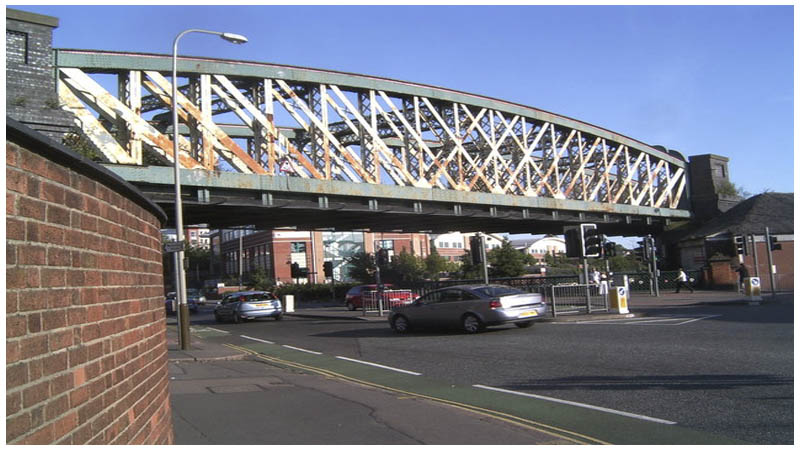For a price of $750,000, the Braunstone Gate Bridge was demolished in 2009 despite the opposition of the Leicester Civic Society, who wanted to save the bridge but failed in that attempt.
It their proposal for the English landmark to given Listed status was passed, it would have protected the bridge as a historic building. But, as the BBC reported on August 20, 2009, “The fate of a Leicester landmark looks to have been sealed after it was turned down for listed status.”
Removal of the Braunstone Gate Bridge made land available for construction of a sports center for the De Montfort University. The decision to do so was brought on August 3, 2009, by Leicester City Council.
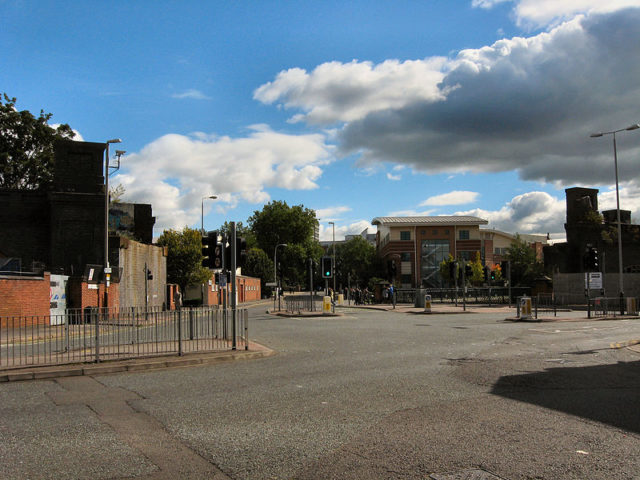
This story begins with England’s heritage Great Central Railway. The GRC has existed since January 1847 as an amalgamation of three smaller Manchester railway companies. Today, the Great Central Main Line is “the only place in the world where full-size steam engines can be seen passing each other – just as it was when steam ruled the rails.”
It was the first line to connect the city of London with the industrial heartland of northern England. A viaduct was constructed for the line to pass through the city of Leicester. According to Leicester Civic Society, it all began with a sign that read “Manchester, Sheffield & Lincolnshire Railway. New Line to London.”
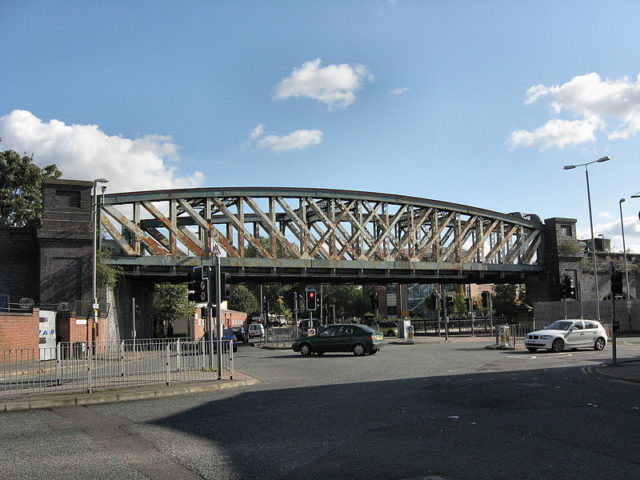
Two girder bridges were erected. One which towered over Northgate Street came to its end came in 1981. The second bridge was Braunstone Gate Bridge, the brainchild of Henry Lovatt. It weighed well over 400 tons.
English Heritage determined that the bridge was simply not old enough to be preserved, even after 111 years of service. In a statement for the BBC, a spokesperson said that Braunstone Gate Bridge “was not old enough or sufficiently innovative to justify its preservation.”
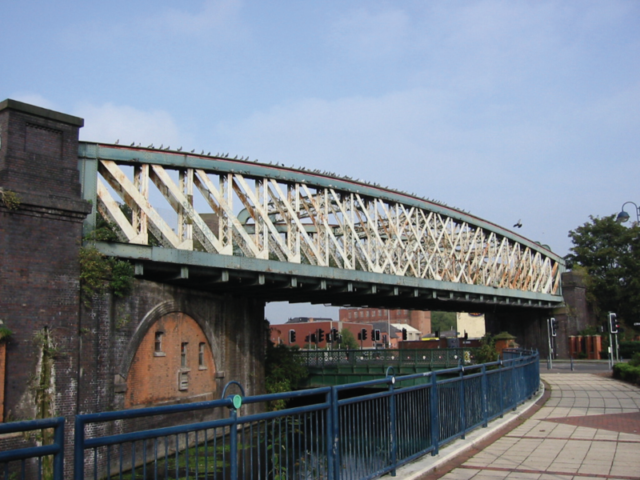
The Great Central Railway came to an end on May 5, 1969. A few years later it was bought by Leicester City Council; a great portion of the GCR infrastructure was demolished or removed, although the bridge managed to escape this first guillotine. It was repainted in fresh green and cream — the colors were worn but still clearly visible on its last day.
The whole process began with closing down a portion of Western Boulevard. The street was closed on October 5, 2009, and the deconstruction began one week later. Carefully dismantling the bridge took until December the same year.
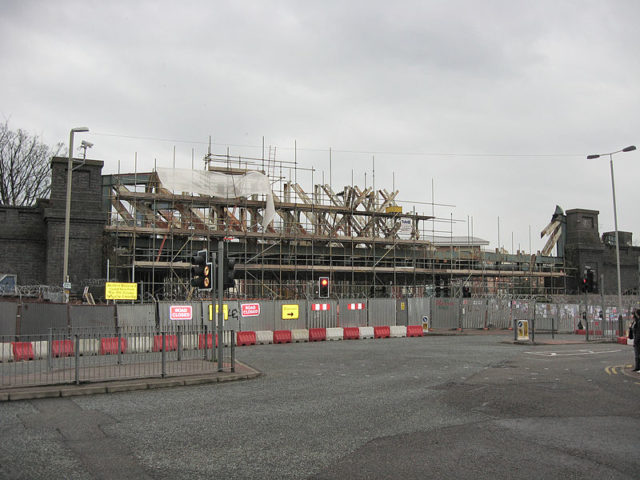
But the bridge wasn’t the only obstacle on the path of the De Montfort University’s expansion. The new sports center, as well as the new swimming pool, required that not only the bridge but also a pub and an old pump station needed to be demolished.
To further justify the demolition process, Leicester City Council quoted a report by the City Council Highway Management Section which had concluded that the bridge was barely holding its own weight. Costs of repairing the bridge were estimated at around $450,000.
According to this report, the bridge was in desperate need of repair. Before it was demolished, Leicester Civic Society stated that “The Bowstring Bridge is now the only such structure of its type surviving on what was a uniquely splendid piece of late 19th Century engineering prowess.
All similar structures in Nottingham and Rugby have vanished.”
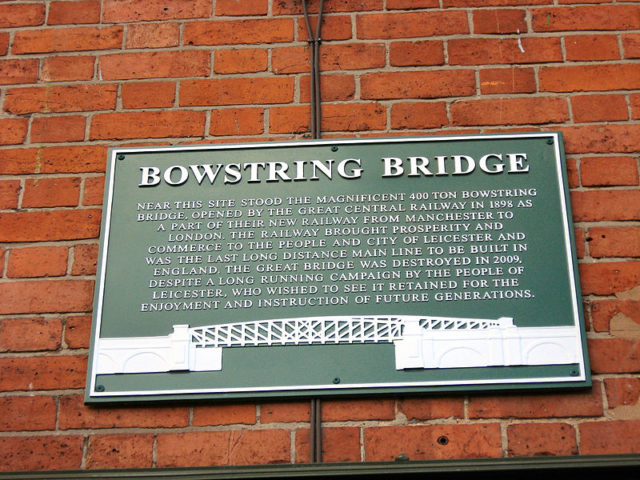
Once the site was cleared, the construction of the sports hall was ready to begin and so did in April 2011. All that now remains is a memorial plaque that was revealed September 25, 2010. The plaque reads: “Near this site stood the magnificent 400 tons Bowstring Bridge opened by the Great Central Railway in 1898… the bridge was destroyed in 2009, despite a long-running campaign by the people of Leicester.”
